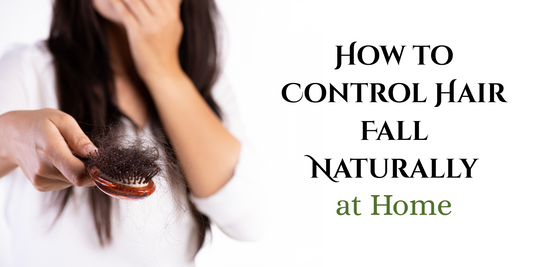How Common is it?
of Indians experience some degree of dandruff at some point in their lives
of Indian men over 22 are affected by white flakes
of Indians attribute their dandruff to stress-induced factors
of Indians report dandruff due to extreme environmental conditions
Want to find out more? We worked with our doctors to create this Ultimate Guide to DT
×
Dandruff: Causes, Symptoms, and Treatment
Experiencing dandruff can be an uncomfortable and embarrassing condition for many. It often manifests as white or yellow flakes on the scalp, leading to itching and irritation. While it's common, understanding its causes and effective treatments can help manage and alleviate the symptoms.What is Dandruff?
Dandruff is a scalp condition characterized by the shedding of dead skin cells, resulting in flaky skin on the scalp and hair. While it is not a serious health issue, it can be bothersome and may indicate underlying scalp conditions. Dandruff can occur in people of all ages, and its severity can vary from mild to severe. It is often accompanied by itching, which can worsen with scratching.Types of Dandruff
Dandruff can be categorized into different types based on its causes. The two main types include:Dry Dandruff:
Dry dandruff is typically caused by a dry scalp, often exacerbated by environmental factors like cold weather or low humidity. This type usually results in small white flakes that fall from the scalp onto clothing.Oily Dandruff:
Oily dandruff occurs due to an excess production of oil on the scalp, leading to larger, greasy flakes. It can be associated with seborrheic dermatitis, a more severe form of dandruff.How Common is Dandruff?
Dandruff is a very common condition, affecting millions of people worldwide. It can begin in adolescence and may persist into adulthood. Factors such as oily skin, skin conditions, and not shampooing enough can contribute to its prevalence.Causes of Dandruff
Several factors can lead to the development of dandruff, including:- Dry skin: Individuals with dry skin are more likely to experience dandruff, particularly in colder climates.
- Seborrheic dermatitis: This skin condition causes oily, irritated patches and is often linked to dandruff.
- Fungal infections: A yeast-like fungus called Malassezia can irritate the scalp, leading to dandruff.
- Sensitivity to hair products: Reactions to certain hair care products can cause irritation and flaking.
- Poor hygiene: Infrequent washing of hair can lead to the buildup of oils and skin cells, contributing to dandruff.
Symptoms and Complications Associated with Dandruff
Common symptoms of dandruff include:- Flaky skin on the scalp, often visible on hair and clothing.
- Itching and irritation of the scalp.
- Red or oily patches on the scalp.
Dandruff Diagnosis
Diagnosing dandruff typically involves a physical examination of the scalp. A dermatologist may ask about your symptoms and any products you use. Additional tests may include:- Reviewing medical history to identify any underlying skin conditions or allergies.
- Scalp examination for signs of irritation or fungal infections.
- Potential skin scrapings to identify fungal infections.
Dandruff Treatment
Treating dandruff often involves a combination of over-the-counter and prescription treatments. Some common approaches include: Anti-dandruff shampoos: Shampoos containing active ingredients like zinc pyrithione, ketoconazole, or selenium sulfide can help reduce flaking and irritation. Topical treatments: Prescription creams or lotions may be recommended to address inflammation and irritation. Lifestyle changes: Maintaining good hygiene, managing stress, and using gentle hair care products can help prevent dandruff.Prevention of Dandruff
Preventive measures can be taken to reduce the risk of developing dandruff. Some effective strategies include:- Regularly shampooing to keep the scalp clean and free of oils.
- Using moisturizing shampoos to combat dryness.
- Reducing stress through relaxation techniques like yoga or meditation.
- Avoiding hair products that irritate the scalp.





